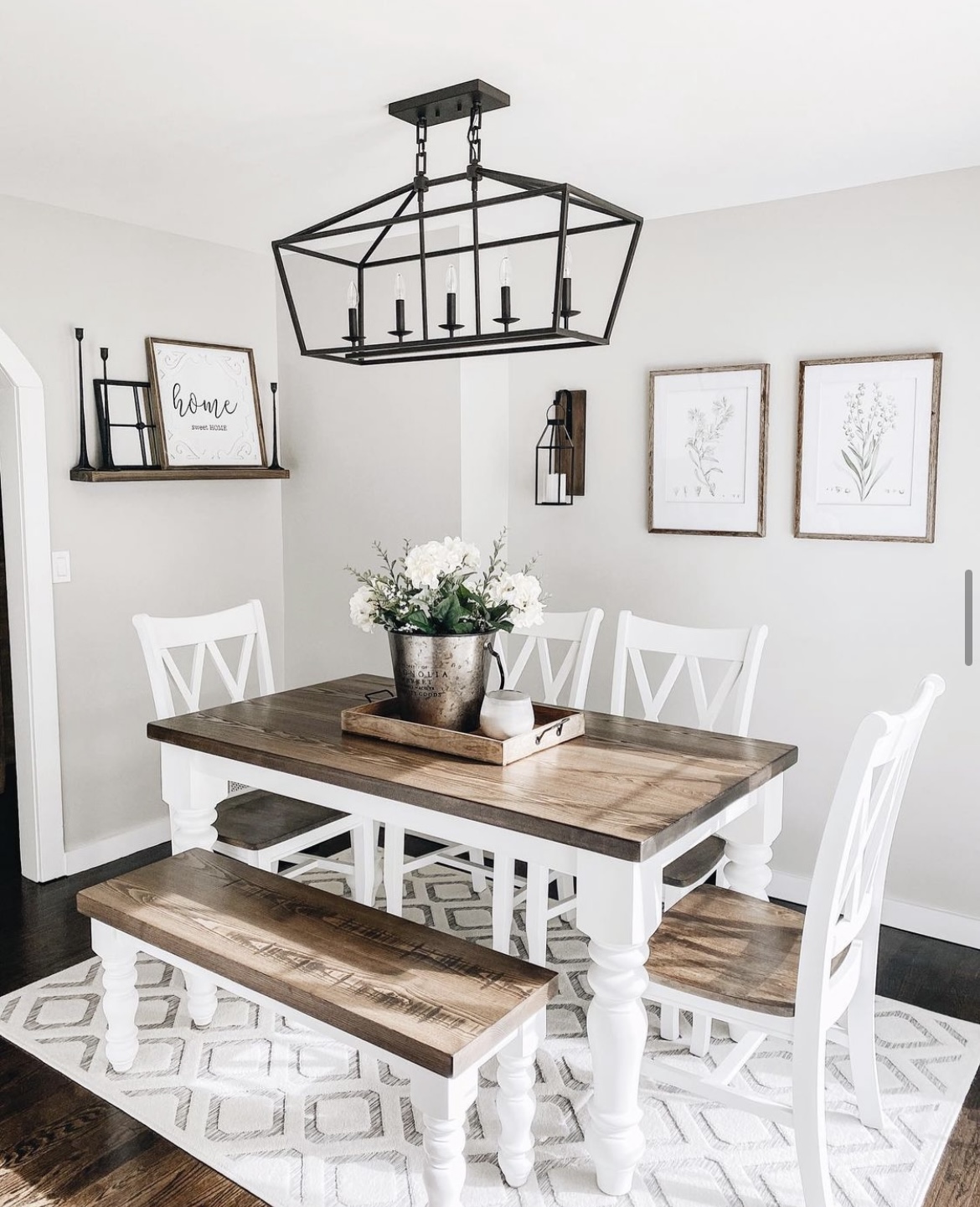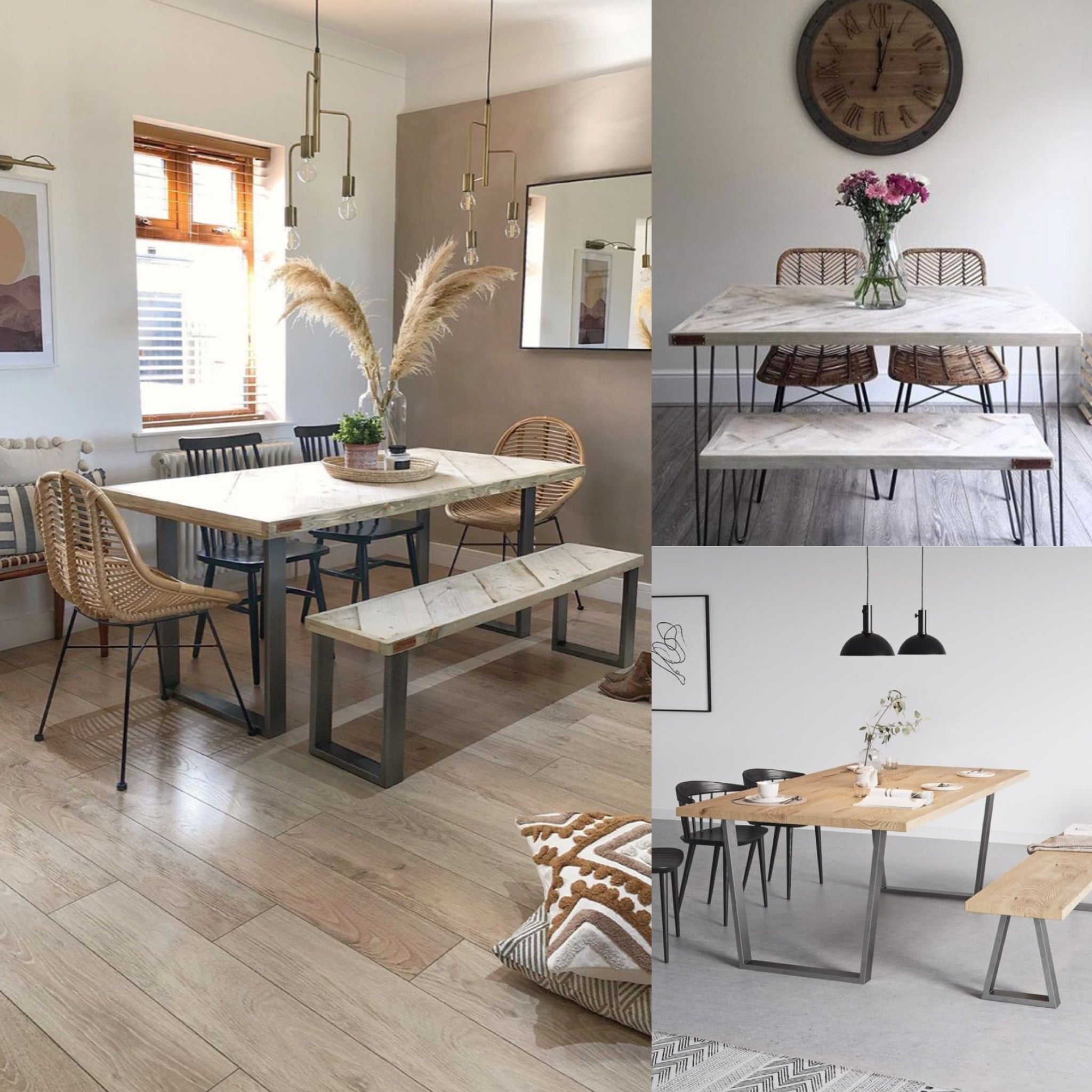Just How to Pick the Perfect Dining-room Table Legs for Your Home Decoration
Picking the ideal dining area table legs is a nuanced procedure that calls for mindful factor to consider of numerous components, including your area restrictions, aesthetic choices, and practical demands. The interplay in between dimensions, materials, and styles can considerably affect the setting of your eating area, making it important to approach this decision systematically.
Assess Your Dining Room
Analyzing your eating room is vital for choosing the right table legs that complement both aesthetic appeals and functionality. Begin by gauging the measurements of your dining area, consisting of ceiling height, flooring area, and proximity to other furnishings. This info will certainly assist identify the ideal dimension and elevation of your table, which directly affects the choice of table legs.
Following, consider the design and layout of your dining room. An open-concept style might benefit from table legs that provide aesthetic lightness, such as slender steel or acrylic options. On the other hand, an extra traditional setup could call for durable wood legs that provide a sense of permanence.
Examine the existing shade combination and products in your eating location. Integrating the table legs with these components produces a natural look that improves the general design.
Eventually, a thorough assessment of your dining area will direct you in making a notified choice, guaranteeing that your table legs not only enhance the visual appeal but also offer functional objectives.
Consider Your Style Preferences
When selecting dining space table legs, it is vital to assess your personal design choices, as they substantially affect the overall aesthetic of your eating area. Your option of table legs can either complement or comparison with existing décor, making it vital to align them with your preferred interior decoration theme.
If your home leans in the direction of a contemporary visual, think about smooth metal or minimal wooden legs that provide a clean, uncluttered appearance. For an extra traditional technique, ornate wood legs with detailed makings can add a touch of style and class. Industrial styles take advantage of durable, raw products such as recovered wood and steel mixes, showing a rugged beauty.
Additionally, farmhouse and rustic designs commonly favor strong, chunky legs that evoke a sense of warmth and convenience. On the other hand, if your décor is diverse, you may select unusual shapes or a mix of materials to develop aesthetic passion.

Evaluate Material Options
The selection of product for eating room table legs plays an essential duty in both durability and visual charm. Usual materials include wood, steel, and composite alternatives, each offering distinctive attributes that can affect the overall look and durability of your table.
Timber is a classic choice, understood for its warmth and adaptability. Woods like oak and walnut give outstanding toughness and can be ended up in various spots to match YOURURL.com any type of decoration. Softwoods like pine are more susceptible to scratches and dents, making them less perfect for high-traffic areas.
Metal legs, frequently crafted from steel or light weight aluminum, show modernity and commercial beauty. They are extremely long lasting and immune to put on, making them appropriate for households with kids or regular celebrations (dining room table legs). In addition, steel can be completed in different colors, boosting the This Site customization opportunities
Composite products, such as MDF or laminate, deal cost and diverse designs. While typically much less long lasting than solid timber or steel, they can still supply an elegant appearance and are often very easy to preserve.
Ultimately, the product you select ought to straighten with your way of life, aesthetic choices, and the level of use your table will experience.
Determine Height and Dimension
Choosing the appropriate elevation and size for your dining-room table is necessary for both functionality and convenience. The typical height for eating tables typically varies from 28 to 30 inches, allowing sufficient legroom for the majority of individuals when seated. It is essential to think about the measurements of your eating area and the types of chairs you intend to utilize.

In addition, consider the percentages of your dining-room. A bigger table in this link a spacious area can create a grand atmosphere, while a smaller table works well in even more intimate setups. Inevitably, the appropriate elevation and dimension will certainly integrate with your general style and boost the eating experience for you and your visitors.
Explore Modification Opportunities

Furthermore, the layout of the legs can be tailored to fit different styles, such as rustic, modern, or commercial. For example, tapered legs can stimulate a mid-century contemporary feel, while chunky, block-style legs may resonate with standard or farmhouse decor.
House owners can also discover color finishes, from all-natural wood discolorations to repaint, enabling them to match or comparison with the tabletop and bordering decor.
Moreover, leg elevation can be gotten used to accommodate details seating plans or individual preferences, boosting both comfort and capability.
Last but not least, distinct decorations, such as carvings or attractive brackets, can further customize the table legs, making the eating experience not just a declaration but a dish piece in the home. By taking into consideration these personalization alternatives, property owners can develop a dining-room table that absolutely mirrors their uniqueness.
Final Thought
Picking the suitable dining space table legs calls for careful consideration of numerous factors, including the measurements of the eating space, style choices, product resilience, and preferred elevation. Modification options even more improve the capacity to attain a cohesive aesthetic that matches the general design. By methodically reviewing these elements, property owners can make sure that the selected table legs not just accomplish functional demands however likewise add favorably to the eating experience and ambiance of the home.
Selecting the perfect dining space table legs is a nuanced process that needs cautious factor to consider of numerous components, including your space constraints, aesthetic choices, and practical needs.Assessing your dining area is vital for picking the right table legs that enhance both looks and capability.When establishing dimension, determine the area where the table will be positioned to guarantee it fits pleasantly, permitting for at least 36 inches of clearance around the table for easy movement. A bigger table in a sizable location can produce a grand ambiance, while a smaller table functions well in even more intimate settings.Selecting the perfect dining area table legs needs cautious consideration of different elements, consisting of the dimensions of the eating room, style choices, material resilience, and desired elevation.